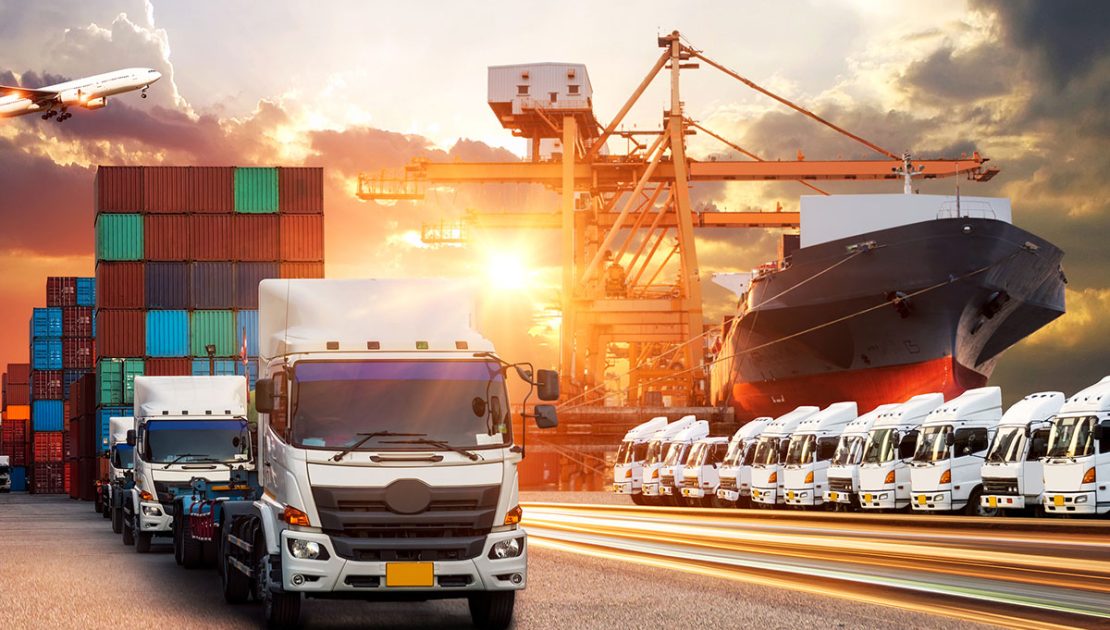Transportation in the spotlight: Supply chain challenges and opportunities
- September 27, 2022
- Posted by: admin
- Category: Logistics

Transportation in the spotlight: Supply chain challenges and opportunities
In 2021, meanwhile, logistics was learning how to operate in turbulent times, giving many companies the opportunity to make a difference through their operations. Thus, we reach 2022, the year in which some are already talking about overcoming the pandemic. However, uncertainty about the progress of the health crisis continues.
Faced with this situation, the call remains the same: be alert, maintain flexibility in the operation, strengthen teams and the ability to readjust quickly.
The supply chain has not stopped facing disruptions. Port congestion, China continues to be in the eye of the hurricane, double maritime transit time (reaching more than 100 days of transit), difficulty in ports to meet the demand and delays in the loading/unloading processes of containers are still part of the daily life of this industry.
A collateral effect of the maritime-port situation due to the sanitary crisis is that the rise in prices does not seem to stop and, therefore, the increase in logistics costs will increase.
Companies are bracing for steeper hikes in shipping and logistics prices this year after supply chain costs soar, driven by high demand and tight capacity.
This cost increase is also explained by higher wages for workers in the sector, which has been taken as a measure to deal with the shortage of collaborators and the tight market.
But as a good chain, the increase not only affects maritime transportation but also land transportation, port operations, warehousing, among other points. What does this situation force? Productivity, efficiency and optimization are some of the alternatives to respond to this scenario.
The situation forces the industry to be alert, to initiate processes of change that give support to the new operational reality, to promote the technological transformation of the company as an alternative that supports the new logistics and to design operational projects that include all the factors that today come into play in the current operation.
This year can be an opportunity. An opportunity for those who are not yet in step with the times; an opportunity to reinforce processes; an opportunity to redesign, an opportunity to modernize processes and an opportunity to grow logistically, consolidating an avant-garde operation capable of responding to the challenges that will undoubtedly continue, whether due to this pandemic or to another phenomenon that will put the global supply chain in check.
